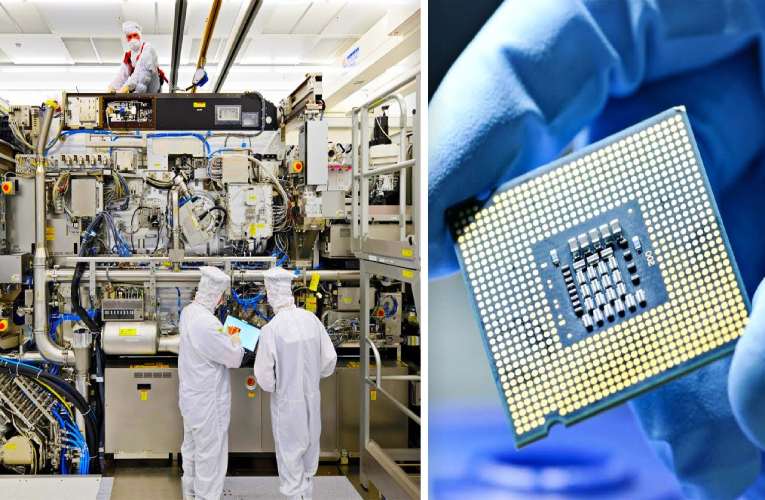
Greenhouse gas emissions from the electronic devices have augmented by 53 percent between 2014 and 2020, claims researchers at the University of California, Irvine.
At the 27th United Nations Climate Change Conference (COP) in Egypt, Semiconductors were the major topic of discussion among the experts and due to this a Semiconductor Climate Consortium (SCC) was founded by the 60 COP27 members. The purpose of this foundation is to strengthen and unleash a strategy to make semiconductors more sustainable. Coordinations have been formed around the technological advancement in the chipset supply chain to reduce harmful emissions. In the conference, experts added that towards the end of 2050, they are planning to reach zero emissions in the industry.
The production of chips requires a strenuous energy and resource intensive manufacturing procedure and these computer chips that help other energy intensive electronic products to function become a major target for environmental peril. In an interaction with the media, Haley Zaremba said, "On the other hand, it also makes them a crucial point of entry for making the tech sector more energy efficient and lowering the sector’s prodigious carbon footprint. While the workings of the tech industry may seem like an ethereal, intangible cloud of ones and zeros at times, the reality is that even the cloud and the internet itself rely on huge amounts of physical infrastructure, from warehouses full of servers to fiber optic cables crossing the ocean floor – and running all of that infrastructure takes a lot of energy.”
Haley also stated that a couple of sectors in the tech industry are more in need of energy at a large-scale. For example, cryptocurrencies have turned out to be very dangerous. With the unleash of bitcoin, more than 200 million tonnes of carbon dioxide has been released. Behind artificial intelligence, there is a computing power, which has been examined thoroughly and now semiconductors are under scanner for their huge energy requirements. Of late, McKinsey published a survey report that stated carbon emissions are generated from semiconductors within the manufacturing process in the fabs, which is around 35 percent or in heating/electricity/cooling appliances around 45 percent.
The rest of the remaining is offered by the upstream suppliers. As per a report of oilprice.com, Forbes mentioned in its recent article on sustainable manufacturing that a truly holistic approach will increase sustainability in chip production while deploying those chips in systems that prioritize energy efficiency, both intrinsically in the devices themselves and extrinsically in the environment in which they are deployed.
Focus must be applicable on all facts of the supply chain right from the upstream suppliers to the end users. The utilization of semiconductors requires efficiency and the major targets to accomplish that includes reuse, repair, resale, refurbishment and remanufacturing of the current electronic devices. It is a well known fact that from the e-wastes carbon footprints are escalating massively and the greenhouse gas emissions from these electronic devices have augmented by 53 percent between 2014 and 2020, claims researchers at the University of California, Irvine.

